Instructional Series
This site will be closing soon as its content has moved to Tāhūrangi.
2024 titles are available on Tāhūrangi. Use the filters to find specific series.
Find Literacy resources at Tāhūrangi - Literacy.
Welcome to the English medium literacy instructional series teaching and learning resources for years 1 to 8.
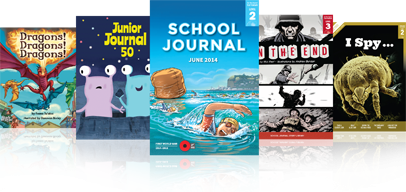
- Gold
- Purple
- Red
- Turquoise
- Green
- Yellow
- Blue
- Orange
- 2
- 3
- 4
- 1
- 4
- 6
- 5
- 7
- 3
- 8
- 1
- 2
- English
- Social Sciences
- Science
- Health and Physical Education
- Technology
- The Arts
- Mathematics and Statistics
- Learning Languages
- Non-fiction
- Fiction
- None
- Nature of science
- Living world
- Nature of technology
- Geometry and Measurement
- Number and Algebra
- Statistics
- Planet Earth and beyond
- Technological knowledge
- Technological practice
- Material world
- Physical world
- Engage with science
- Use evidence
- Critique evidence
- Gather and interpret data
- Interpret representations
- Articles
- Stories
- Poems
- Plays
- Comic
- Māhuri | Sapling
Search results
204 items - Showing 131 - 140
-
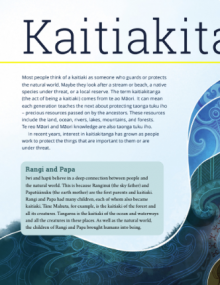
Kaitiakitanga
by Susan Paris and Daniel Hikuroa
Most people think of a kaitiaki as someone who guards or protects the natural world. Maybe they look after a stream or beach, a native species under threat, or a local reserve. The term kaitiakitanga (the act of being a kaitiaki) comes from te ao Māori. It can mean each generation teaches the next about protecting taonga tuku iho – precious resources passed on by the ancestors.
-

The Bucket Man
by Anna Smaill
The last time it rained was the day I turned ten. I remember because that afternoon, I walked home from school for the last time. A half-hearted shower, over before it really started. Back when I was too young to remember, the government divided up all the land. If you wanted food, you had to grow it yourself. Our plot was steep and dry, so Dad and Mum built terraces.
-
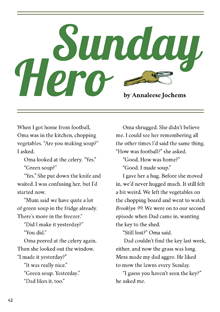
Sunday Hero
by Annaleese Jochems; illustrations by Lucy Han
There are too many keys in Grandma’s tin …
When I got home from football, Oma was in the kitchen, chopping vegetables. “Are you making soup?” I asked. Oma looked at the celery. “Yes.” “Green soup?” “Yes.” She put down the knife and waited. I was confusing her, but I’d started now.
-
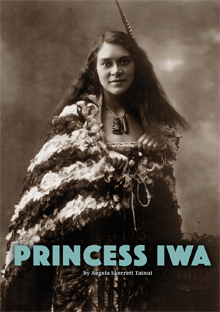
Princess Iwa
by Angela Skerrett Tainui
Meet the young woman from Bluff who shared her culture on the world stage.
One day, many years ago, I was visiting my pōua when I noticed a photo of a beautiful wahine on the wall. She had long, wavy hair and wore a kākahu around her shoulders and a hei tiki around her neck. She looked to be about eighteen.
-
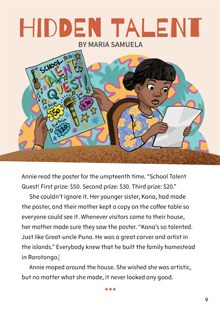
Hidden Talent
by Maria Samuela
Annie is feeling envious of her siblings – they each have a special talent. (Kana is artistic, Juanita can sing, and rugby-playing Jackson has been made props manager for the upcoming talent quest.) The family says their talents must be inherited from their ancestors. Annie doesn’t think she has any special talents. However, on the night of the talent quest, disaster looms when the power supply goes out.
-
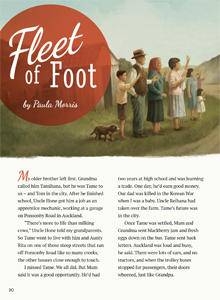
Fleet of Foot
by Paula Morris; illustrations by Andrew Burdan
The movement of Māori to the cities in the 1950s and 1960s was one of the most significant movements of people in our recent history. Paula Morris has used stories from her whānau as a basis for “Fleet of Foot”, a work of fiction that sits alongside “Kei Te Tāone Nui”, an article in the same journal that also explores the topic of Māori urbanisation. The text has links to the Aotearoa New Zealand’s histories curriculum.
-
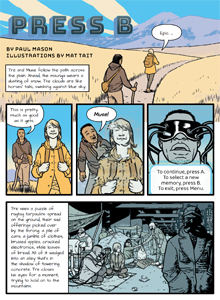
Press B
by Paul Mason; illustrations by Mat Tait
Paul Mason continues his story of a dystopian future, told from the perspective of Tre and Muse, both of whom have spent their young adult lives fighting back against the rulers. This latest instalment in the series is told using a comic format.
Information and tips for using comics in the classroom:
-
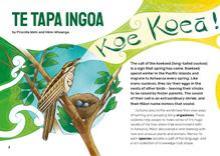
Te Tapa Ingoa
This article explores how early Māori went about naming and grouping the plants and animals they found around them. It explains what this process reveals about Māori ways of viewing the world and the framework provided by whakapapa. It prompts comparisons with the Linnaean system for naming and grouping organisms and describes an example of Māori and Pākehā working together and drawing on knowledge from both systems.
-
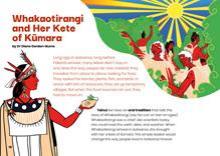
Whakaotirangi and her Kete of Kūmara
This article recounts an important story from the oral tradition of Tainui. It tells of how the iwi’s ancestor, Whakaotirangi, brought kūmara and other plants to Aotearoa and describes the techniques she used to plant, grow, and store them. Whakaotirangi’s gardens made it possible for Tainui to settle in one place, rather than having to keep moving to seek food. In time, Whakaotirangi’s kete of kūmara changed how people live across Aotearoa.
-
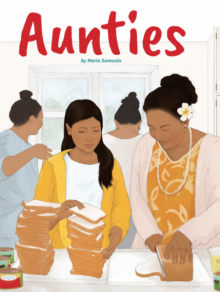
Aunties
by Maria Samuela
illustrations by Leilani Isara
Maria Samuela’s affecting story chronicles the week leading up to the narrator’s mother’s funeral, with all its sadness and confusion and overwhelming sense of loss. The story’s one light is the presence of the narrator’s extended family – and the sense that her many aunties will continue to be there in the future, providing the kind of support and love that usually comes from a mother. The text includes references to a girl’s first period.


 Literacy Online home
Literacy Online home
